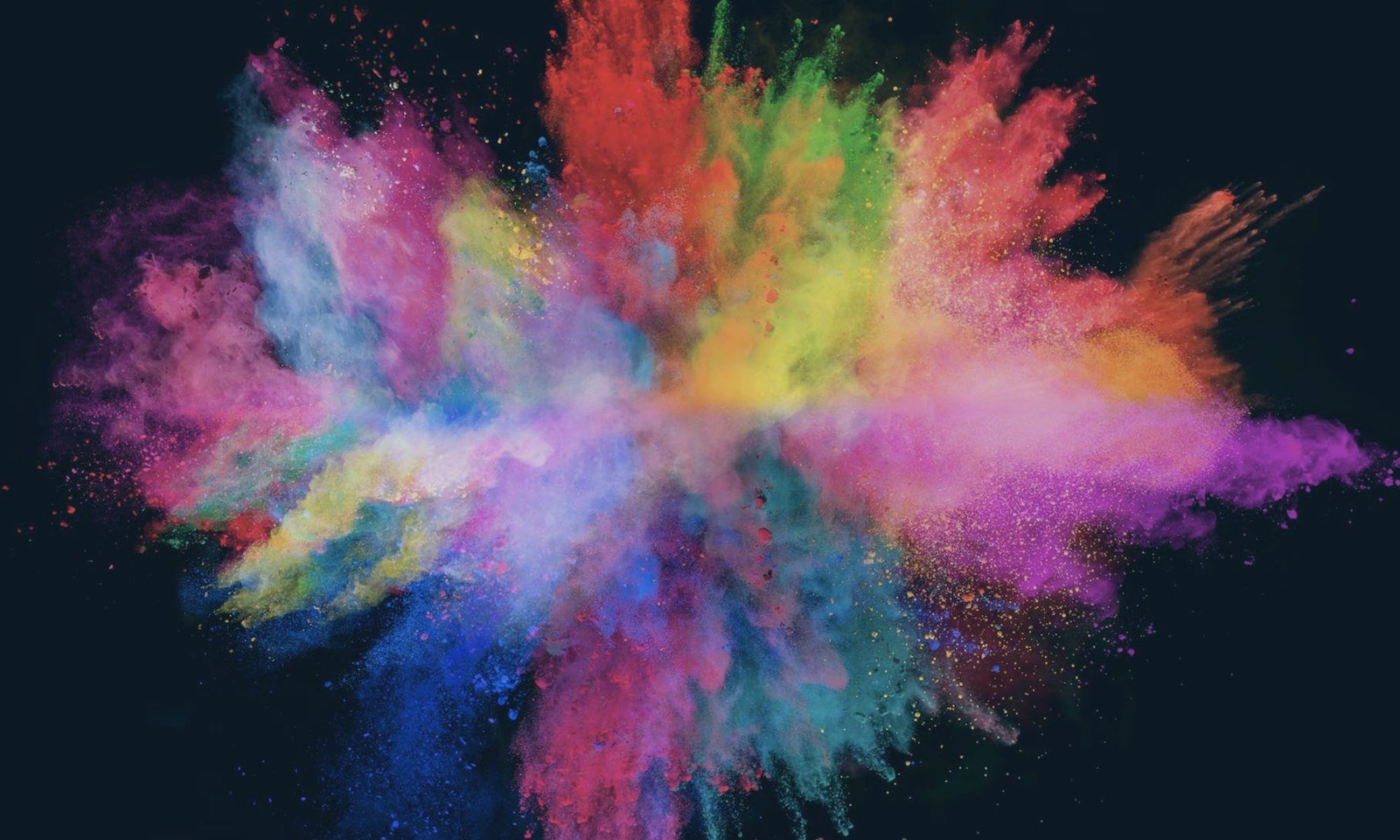Our ability to dream makes us unique. We create our world through the use of symbols and ideas and through our ability to dream. Our dreams are what make us creative.
First Steps in the Human Dance
Conflict and challenge are beneficial because they bring about our creativity, allowing us to innovate and improve.
In the past, commonality and homogeneity were good because they allowed for understanding, communication, and collaboration. However, as communities grew and developed, diversity drove creation of new ideas and innovation. We need differences and choices to spark our imagination and creativity. We must embrace and cherish diversity. In addition, we must also welcome challenges and accept failure. Failure drives the creative process.
“Without the sting of failure to spur us to reassess and rethink, progress would be impossible” (275) – Hannah Bloch, journalist
Sure, but Can You Be More Specific?
We can help ourselves and our communities thrive by looking at our evolutionary story on issues concerning food, sex, relationships, violence, faith, art, and science.
-
-
- Food
-
- forage wisely; seek a balance of affordability, accessibility, nutrition, and taste
- eat fresh and avoid processed foods
- eat socially; make eating an event like our ancestors did
-
- Sex
-
- recognize biological differences between females and males, but also acknowledge the great similarity
- gender is a spectrum
- humans have a range of sexual behavior and it’s all regular and normal
- humans can develop pair-bonds which are not the same as marriage; strong social connections make social goals easier to achieve
- parenting is hard so do it with a partner, family, or friends
-
- Violence
-
- No one is violent simply because of his or her genes or sex
- Conflict is not a bad thing
- Watch out for blaring media
- Violence is an option, not an obligation; cruelty occurs, but compassion occurs more
- Inequality is related to violence, but inequality can be managed if we get creative and come up with a solution to fix it
-
- Faith
-
- We should never judge others for the religious beliefs they hold
- If one is religions, one should not believe thee is only one way to be good and understand the world
- Beware of people using religious institutions to reduce creativity and human potential
- No one human tradition or institution has all the right answers
-
- Art
-
- Every child is an artist
- Don’t limit the definition of art; don’t place art into categories of “high” and “low”
- Craft in everyday life is artistic; plumbers, mechanics, and bus drivers can be viewed as artists
- Make art! It fosters creativity and imagination
-
- Science
-
- Most science is not complex and revolutionary, but it is still incredibly useful
- Evolution and the physiological, biological, and social sciences are crucial to understand core human issues (health, environment, racism, gender, violence, etc…)
- Be wary of science; demand proof
- Do science every day!
-
- Food
-
Go Forth and Be Creative
Nowadays it is often difficult to set aside time to be creative, but we need creativity more than ever. Challenges have grown in scale since the time of our ancestors, and we need creativity to solve them.
“Two million years ago our small, naked, fangless, hornless, and clawless ancestors with a few sticks and stones surmounted near impossible odds. All because they had one another and a spark of creativity. And so do we” (292)
